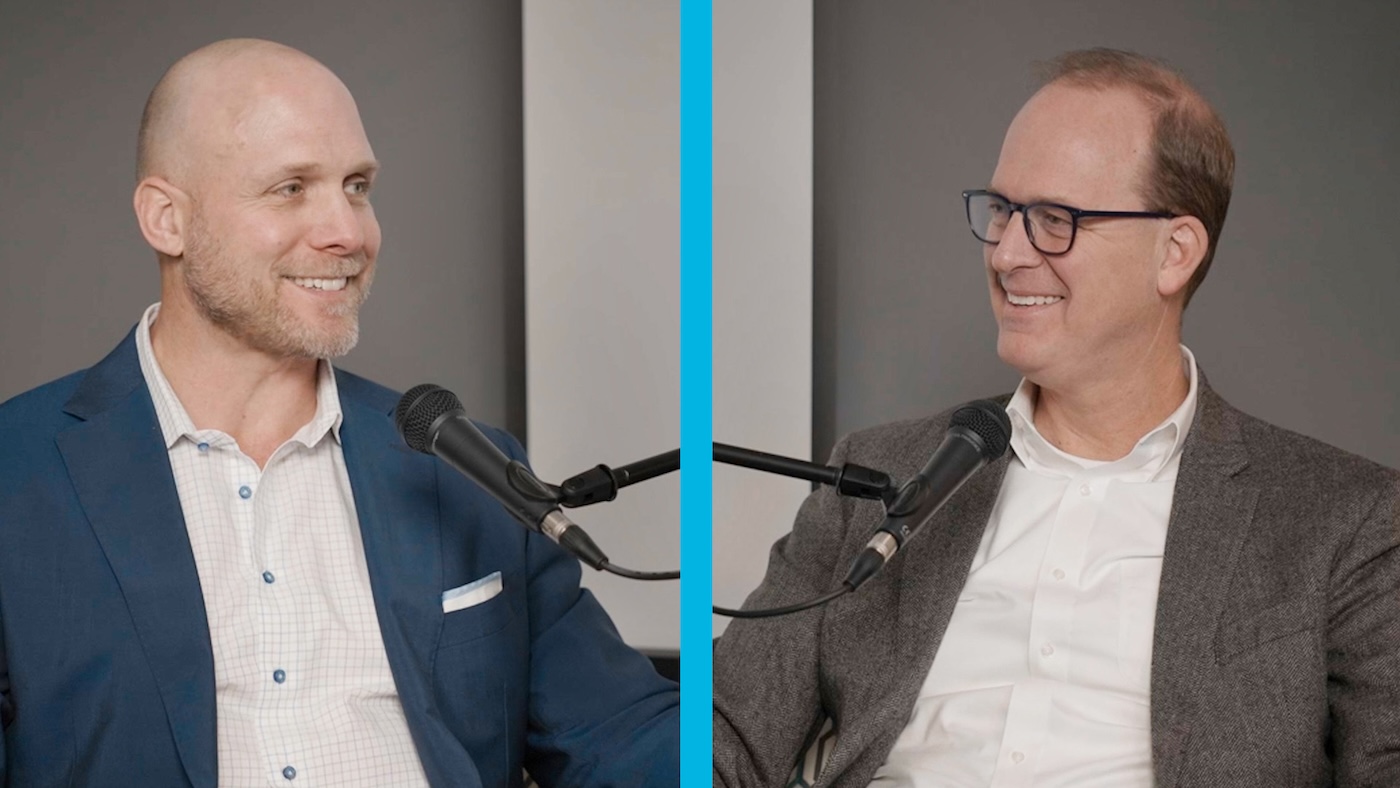Healthcare IT is more difficult than ever and demands a delicate balance between managing costs and pursuing innovation. Adopting a lean approach is now necessary to forge a path forward. But challenges lie not just in adapting to change but in proactively shaping it, ensuring that efficiency measures contribute to a sustainable and innovative health system.
Al Smith, SVP and CIO of Lifepoint Health, shared his insights during an interview for The Better Care Podcast, which outlined the significant pressure healthcare leaders are in to operate as lean as possible while driving innovation. As staff reductions and streamlined operations become the norm, the critical question arises: is there room for innovation in this lean environment?
This article, drawing from Al Smith’s interview, highlights ways to navigate this paradigm shift for important IT initiatives.
Some quotes have been slightly edited for brevity.
Transparent Dialogue with the CFO
To gain approval from the CFO for IT projects, it’s crucial to maintain open communication. Make sure they understand both the financial impact and the detailed steps involved in project implementation. When the CFO is on board, it ensures effective optimization of IT budgets with clear expectations.
Overcoming the perception of IT operations as a complicated mystery is vital. Include CFOs in decision-making, especially for significant costs. This collaborative approach has helped Al Smith’s team better understand every piece of a project and the funds necessary to not only implement it but support it.
“For any expenditure exceeding half a million, I need approval from the executive team, and I intentionally take each proposal to our CFO. This approach helps demystify IT costs. By breaking down expenses and illustrating their cumulative impact, my goal is to foster a clearer understanding of the value and necessity of IT investments.” – Al Smith
Technology with Purpose
In the realm of lean healthcare, technology can propel health systems forward or hold them back. Al shared his insights along with actionable tips for healthcare IT leaders, guiding them on the path to smart technology use in efforts of lean operations:
-
- Partner with technology providers offering holistic solutions, with simplified integrations that provide robust support for enhanced innovation.
- Prioritize solutions over standalone technologies, ensuring any newly introduced tech serves a clear purpose and adds tangible value to operations. This can also be applied to tech already integrated in your system.
- Form coalitions inclusive of frontline caregivers for successful tech implementation, emphasizing diverse perspectives and effective change management.
- Act as a translator, demystifying technology buzzwords and helping executives understand real-world applications. Ensure technology aligns with organizational goals and adds genuine value.
“I’m not a hardcore technician; I consider myself a business and operations person who values technology for its solutions. If it doesn’t bring practical value or if I can’t leverage it, I’m not interested. In small companies, tech without a complete solution is a waste of time. Success comes when people bring holistic solutions—people, process, technology—especially as we aim to run lean.” – Al Smith
Strategic Outsourcing
When trying to do more with less resources, utilizing strategic outsourcing for IT staff proves to be a practical approach for health systems aiming for operational efficiency. According to Al Smith, organizations, particularly those operating with limited resources, can find value in hiring external expertise for specific functions.
“I prefer a selective outsourcing approach. For instance, you can offshore interface development and establish a blended team with both offshore and onshore members. I’ve successfully implemented this approach before. It allows you to leverage factors like time zones and take advantage of specific expertise. You can have skilled developers in India, and simultaneously, have on-site team members working on tasks like specification translation and testing. It’s a viable and effective strategy.” – Al Smith
This strategy enables organizations to optimize resources by accessing global talent pools while ensuring control and quality through an on-site team. Careful consideration of outsourcing becomes a crucial aspect in balancing cost-cutting necessities with the pursuit of innovative healthcare solutions.
Financial Ties to Innovation
Innovation initiatives must be tied to financial outcomes. When running lean is a priority, investments must result in an ROI. Implementing technology that simply makes people’s jobs easier is not enough; it must be tied to a real dollar amount before the initiative can scale. This becomes even more necessary as the industry continues to emphasize the need for a strategic focus on efficiency and a clear connection between innovation and financial health.
“Scaling the initiative is challenging without a clear financial tie-in, especially given the current market conditions. While increasing efficiency is important, it needs to result in tangible outcomes tied to real cost reductions and revenue generation. Demonstrating a concrete Return on Investment (ROI) that CFOs will support remains a significant challenge.” – Al Smith
A Lean Path to Future Innovation
In conclusion, the path to future innovation for health systems is undoubtedly lean. It’s about finding the delicate balance where cost-cutting measures align with a vision of innovation. Challenges will persist, but with strategic approaches like transparent executive communication, purposeful technology, strategic outsourcing, and financial ties to innovation, healthcare IT leaders can navigate these complexities and usher in an era where lean operations foster a sustainable and innovative future.
For the full interview between Bo Bartholomew and Al Smith, watch or listen to Episode 12 of The Better Care Podcast.









